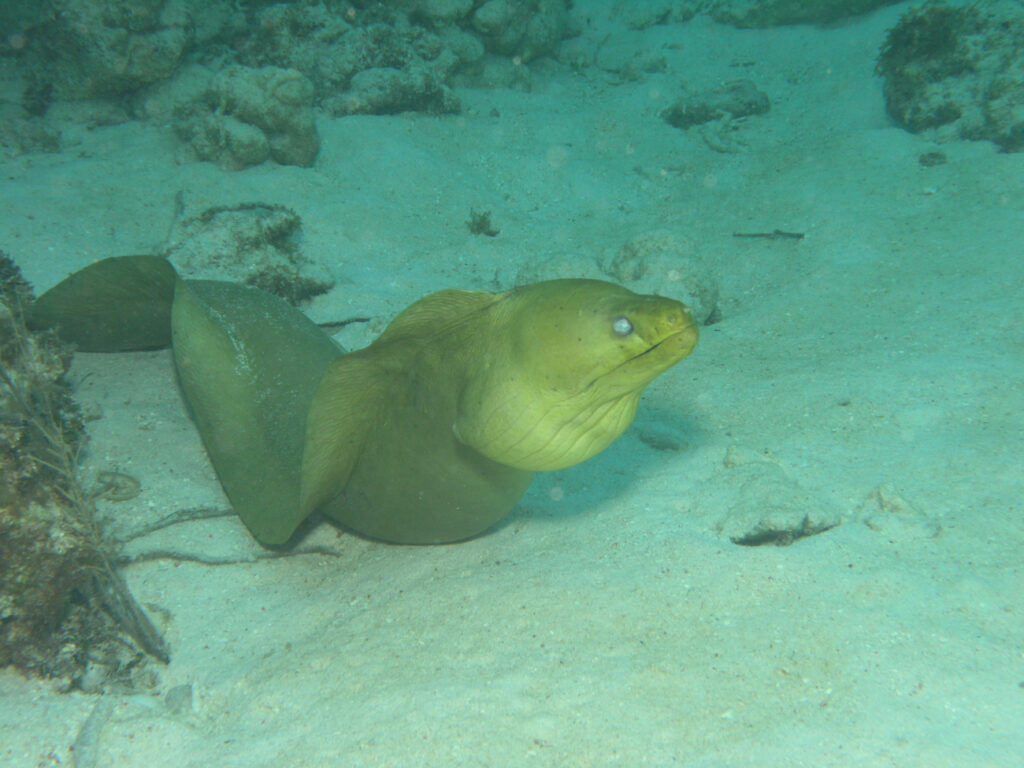Our Earth’s ocean can be described in simple terms, such as vast and unfathomable, but overall, no one truly knows all the secrets our sea holds in its entirety. According to NOAA, as of June 2025, only 27.3% of the global seafloor had been mapped, meaning only a fraction of what lies beneath the crashing waves of our seas is known to humans. Every so often, scientists are able to uncover different and interesting species of animals that call our oceans their home. One creature that continues to baffle scientists and spark curiosity is the Eel. With its snake-like body and secretive behavior, the eel has remained a mystery for centuries. Despite advances in marine research, many aspects of an Eel’s life, especially its origins and migration patterns, are still hidden.
Eels (Anguilliformes) are elongated, snake-like fish that inhabit both freshwater and saltwater environments. There are over 800 known species of eels in the world. They differ from other elongated fish due to their unique body structure, lacking pelvic fins and often possessing a continuous dorsal, anal, and caudal fin running along the back and underside. In order to swim, Eels will generate waves that travel the length of their bodies, while backwards swimming is done in a reverse direction of the wave. Eels are also typically scaleless, which is another distinguishing characteristic from other fish. Their colors can range from darker shades, such as grays and blacks in deep-sea species, to vibrant and patterned colors in tropical reef species.

Much remains unknown about Eel reproduction and mating habits. Eel breeding, particularly that of the European Eel (Anguilla anguilla), has baffled scientists for centuries. These eels undergo an extraordinary life cycle, starting as larvae, leptocephali, and migrating thousands of miles from European rivers to the Sargasso Sea in the Atlantic Ocean to spawn. For a long time, no one had ever observed eels breeding in the wild, and their reproductive process was largely hidden. In the 19th century, Sigmund Freud, who, before his career in psychology, tried to locate male eel sex organs. Despite dissecting around 400 eels, he found no conclusive evidence, highlighting how difficult eel reproduction was to discover. During the 20th century, scientists confirmed the Sargasso Sea as the spawning ground for eels, revealing their incredible migratory and breeding behaviors.
Despite centuries of fascination, there is still so much we don’t know about eels, like their roles in aquatic ecosystems. Their mysterious nature continues to puzzle scientists, but due to negative impacts on their environment, their populations are facing serious threats. Habitat loss, overfishing, pollution, and human-made barriers like dams have all contributed to the decline of eel populations worldwide. As these ancient creatures edge closer to endangerment, the urgency to conserve them heightens. Without greater awareness and preservation efforts, we risk losing one of nature’s most interesting animals before we ever truly understand them.